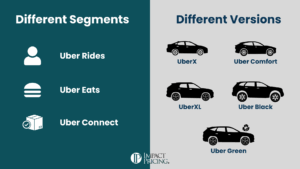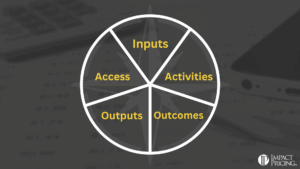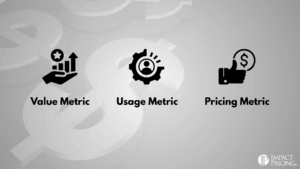
How to Define Powerful Market Segments
Businesses love to talk about “market segments.” The term sounds tidy, strategic, even scientific, as if you could carve a market into perfectly labeled slices.

Businesses love to talk about “market segments.” The term sounds tidy, strategic, even scientific, as if you could carve a market into perfectly labeled slices.

Business school professors love to preach that companies exist to maximize shareholder value. The idea is simple enough: shareholders take the risk, so the company

With SaaS, per-seat pricing was simple, predictable, and familiar to buyers. It became so common that many equated “SaaS pricing” with “seat-based pricing.” But AI

Every day a new vendor pops up promising “AI powered” this or “machine learning” that. Budgets are being carved out, boards are asking about AI

A pricing metric is really the intersection of two perspectives: how the buyer measures value (their KPIs) and what the seller can and does measure

You’re sitting in a conference room facing a software purchase decision. Two vendors, similar products. Vendor A costs 15% more but has a proven track

I got so excited last week to dive into how to do AI packaging, the frameworks and structure, that I forgot to help you see

The value architecture has three layers: foundational problems, problem scope, and situational context. Last week we talked about how foundational problems define market segments. But,

Pricing begins with understanding why buyers choose to make a purchase in the first place. Buyers don’t purchase AI because it is powerful or innovative.

Mark, Why Does This Distinction Matter? In AI, whether you are selling a platform or a solution is one of the most important strategic decisions






